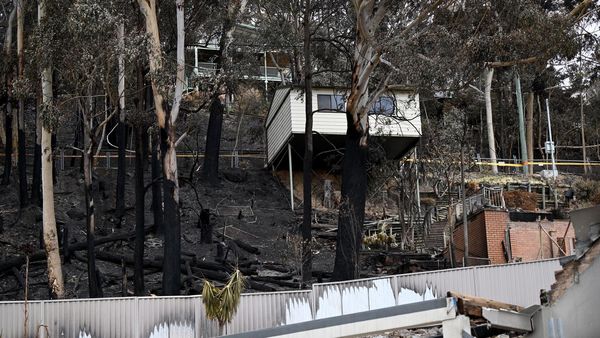
Rapid warming in the Arctic has opened up faster shipping channels through the fabled Northwest Passage in recent decades, but a study reveals that the reduction in ice is likely to lead to increased levels of fog, potentially removing the benefits of these high-latitude short cuts.
As sea ice melts, more of the underlying warmer water comes into contact with cold air, increasing the chances of water vapour condensing into fog.
Xianyao Chen from the Ocean University of China and colleagues plugged historical fog data into climate models to assess how much the fogginess along the Northwest Passage (through the Canadian archipelago) and the Northern Sea Route (along the Russian Arctic coast) is likely to increase.
Their findings, published in Geophysical Research Letters, show that fog is already slowing shipping along these routes, and by 2100 increased fogginess could add three days to the Northwest Passage route (under a moderate 3C warming scenario). Furthermore, the reduced visibility increases the risk of collision with icebergs.
The results suggest that many of the current projections for Arctic shipping routes could be too optimistic in terms of the amount of time and money they can save, but adjusting shipping routes away from the sea ice edge (where the worst fog occurs) could lower risks and save time.







